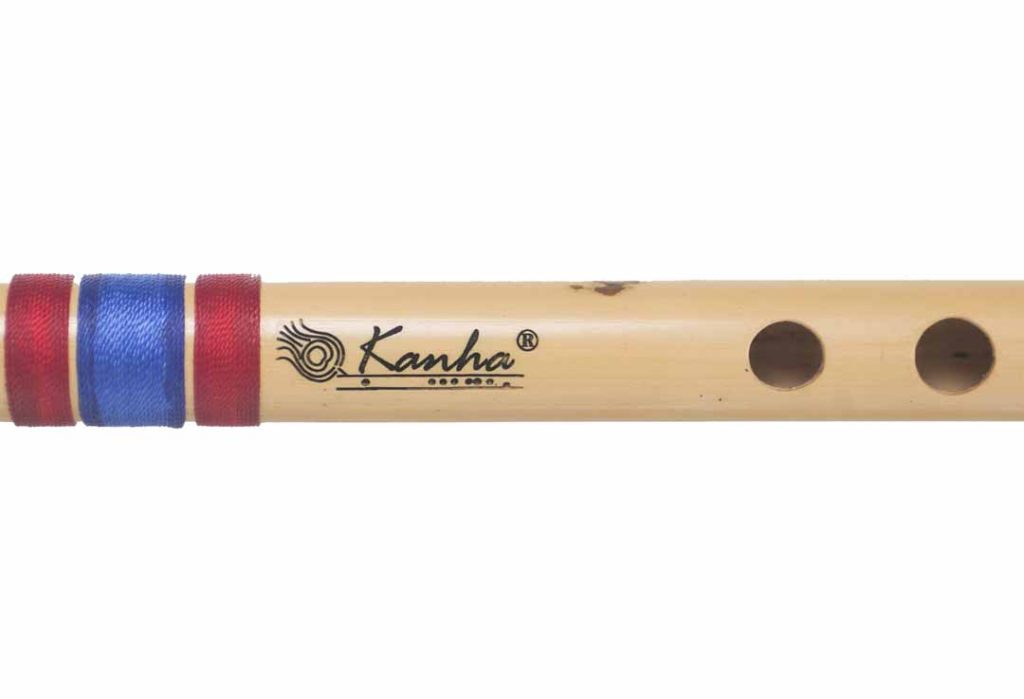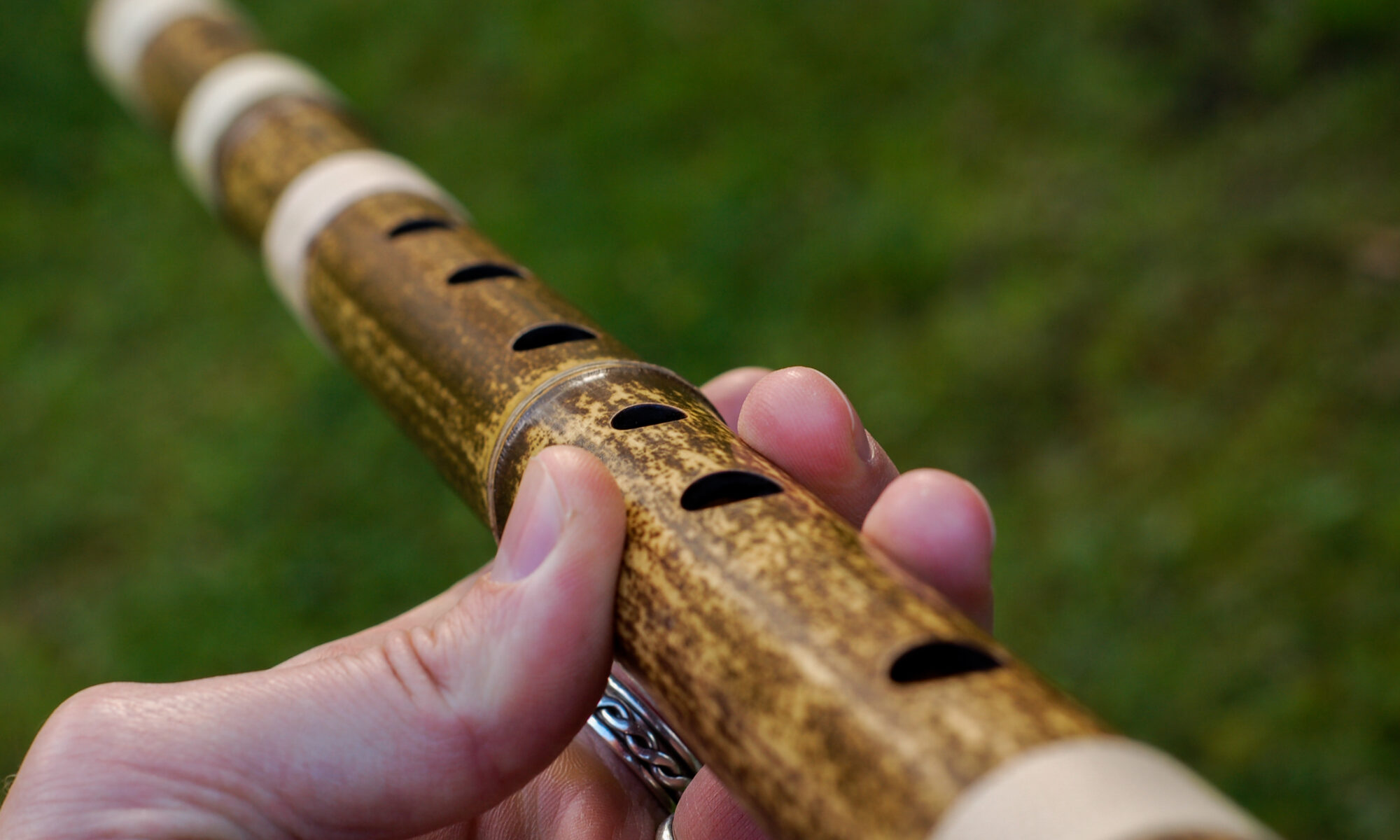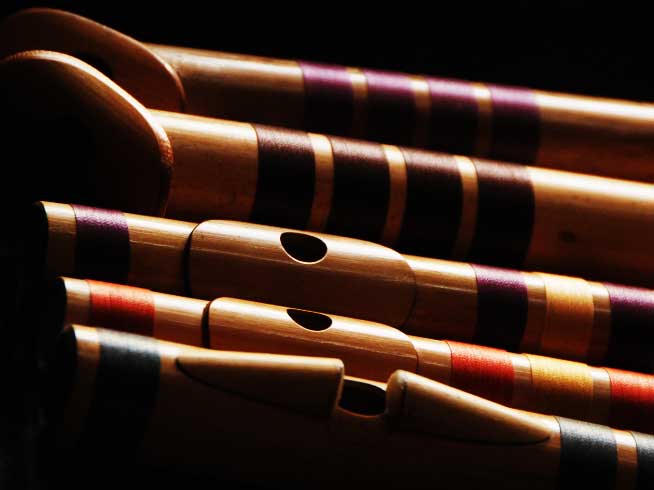

Other players say that you should oil the flute several times per year - maybe 4-6 times. Some players say that you should oil your flute once when you first get it and then never again. In terms of frequency, that also varies from player to player. Oil your flute up just before the blow hole. The cloth should not be dripping with oil, but lightly coated so that the inside of the flute becomes lightly coated with oil. Also, you should not have to force the cloth inside the flute, the cloth should be loose enough so that it slides in easily, touching the sides of the bamboo interior. You should use a wooden dow and tie a loose piece of cloth to the top - tie it well or it will get stuck inside the flute. If you do decide to oil yours, then you should select an appropriate oil such as mustard oil, almond oil or walnut oil. Some swear that it is best not to and others swear that it is best if you do oil your flute.
Bansuri flutes how to#
Binding is quite easy once you get used to it> If you want to learn how to do it, visit the following link: Thread binding However if you do not have any, it is worth adding these.
Bansuri flutes professional#
Luckily most professional flute makers put these on for you now. This will add strength and help avoid cracks. PROTECT YOUR FLUTE WITH THREAD BINDINGS.Make sure it does not drop onto hard surfaces.
Bansuri flutes crack#
Do not take this risk or your flute may crack or be damaged. We put it on the table just for a minute and then suddenly hear it roll onto the floor or you have the bansuri in your hand and turn around and hit it against a wall or something.

Of course, it is exciting when you get something new, but is it worth taking the risk of losing it? As a last resort, you can try warming it with the palms of your hands, but it is best to allow the bamboo to adjust to room temperature first. This has happened to several people I know who ordered flutes from India (including myself on 1 occasion) and then upon arrival, they did not allow the flute to warm up (because it had been on a delivery van out in the cold). Make sure you allow your bansuri to adjust to room temperature before playing. This pressure will be too much for the bamboo to take and it may crack. If the bamboo is very cold on the outside and then you suddenly blow warm air into it without warming the outside of the bamboo first, the bamboo will expand inside but the outside will stay the same. And most importantly, gives joy to your soul.

“An excellent bansuri is that which produces optimum loudness, tone and accurate pitch of each note with minimum blowing pressure while not letting any other notes suffer in terms of loudness, pitch and tonal quality. He also got interested in making penny whistle flutes. To this date, he researches and tries to make his flutes more accurate in terms of pitch, tonal quality, functionality, and its beauty. In 2015 he went official with his brand name ‘Radhe Flutes’. Being a perfectionist Tejkumar Sharma felt the possibility in making the bamboo flutes better. That was a green signal for him to start building bamboo bansuri. Finally after gathering all the knowledge, components and ideas, he made his first PVC Fiber Bansuri in 2004 which got greatly accepted and appreciated by many flutiest. such as, concert flute, recorder, native American flute, tin whistle flute, and more. In 2001 he started doing thorough research on all other kinds for wind instruments. That is when he started making his own bansuri. Tejkumar Sharma started his musical journey playing sitar at a very young age but he had a deep connection with the sound of bansuri. Famously known in western zone (India) for his and his family’s workmanship in all Indian musical instruments (Sharma Musicals). Tejkumar Sharma, owner and craftsman of Radhe Flutes was born in a musical family.


 0 kommentar(er)
0 kommentar(er)
